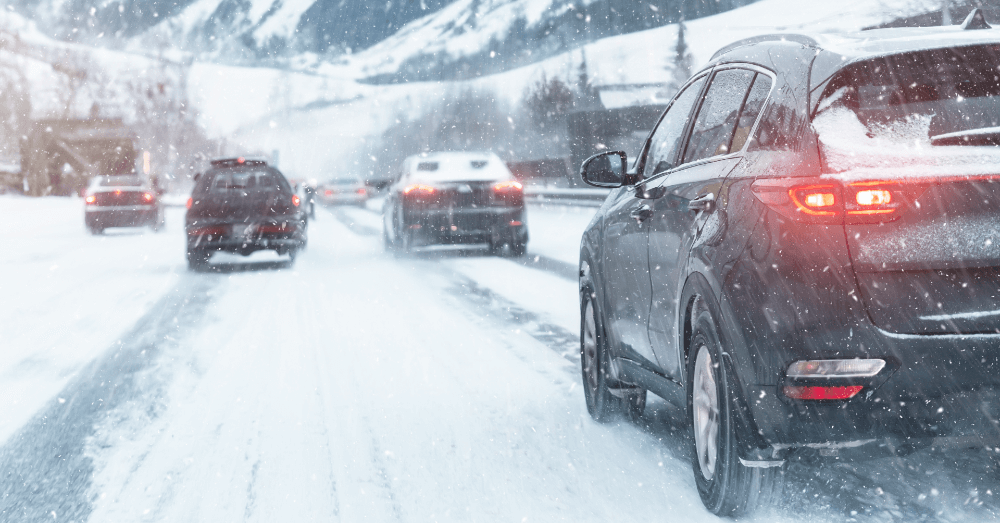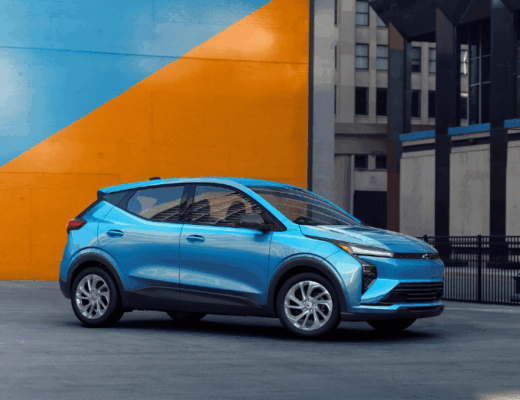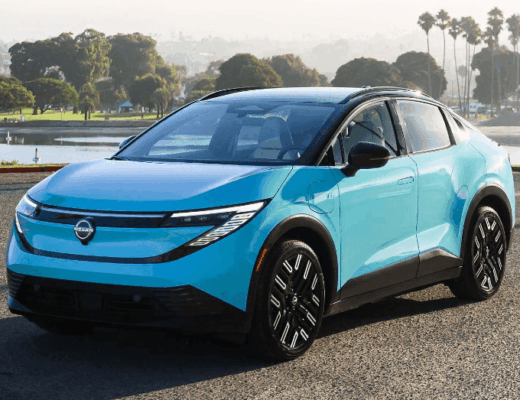Why do you get worse fuel mileage when the temperatures get cold? Are there ways you can offset the colder temperatures and improve your fuel efficiency?
When you drive in city traffic during colder temperatures, your car’s fuel mileage lowers as much as 15% at 20 degrees compared to what you’ll have at 77 degrees. The shorter the trip, the more your city fuel mileage drops. The effect on hybris is even greater, with fuel economy figures dropping as much as 40% in the city and up to 45% on short trips.
Let’s learn a little about how you can improve your fuel efficiency during fall and winter temperatures.
Why does your fuel mileage drop in colder temperatures?
Cold temperatures have an adverse effect on your vehicle. Most of us chalk this up to running the heater and the heavier air, but there could be other factors at play. Here are some reasons why your fuel mileage decreases with the temperatures:
- Engine and transmission friction increases in cold temperatures due to cold engine oil and other drive-line fluids
- It takes longer for an engine to reach its most fuel-efficient temperature
- Heated seats, window defrosters, and heater fans use additional power
- Warming up a vehicle before starting a trip lowers fuel economy
- Colder air is denser, increasing aerodynamic drag on a vehicle, especially at highway speeds
- Tire pressure decreases in colder temperatures, which increases rolling resistance
- Winter grades of gasoline have slightly less energy per gallon than summer blends
- Battery performance decreases in cold weather, making it harder for the alternator to keep the battery charged
- Safe driving speeds on slick roads can be much lower than normal, which reduces fuel economy
These cold weather factors can have a greater impact on hybrids and EVs that rely on electric battery power to operate.
What can you do to improve fuel efficiency in colder temperatures?
The colder temperatures negatively impact your vehicle’s performance on the road, which reduces fuel efficiency, causing you to spend more on gasoline for the same driving experience in winter that you had in the summer. You might not be able to recoup all lost fuel mileage, but you can mitigate some of the loss. Here are some simple steps to lessen the reduction in fuel efficiency.
- Park in a warmer place, such as a garage or parking structure. This can increase the initial temperature of your engine and cabin.
- Make combined trips whenever possible. This lowers the number of short city trips and lessens the number of times you leave the house to run errands.
- Don’t let your car idle long when starting out. A gentle warming of 30 seconds is acceptable, but driving helps the car warm up faster.
- Don’t yeas seat warmers or defrosters more than necessary
- Check tire pressure regularly, especially when temperatures suddenly change.
- Use the recommended oil for cold weather driving
- Remove anything that increased wind resistance when you don’t need them
- Preheat the cabin while using the charger when driving a PHEV or EV
- Use seat warmers and not the cabin heater in a PHEV or EV
What else should you do to improve winter efficiency?
When you want to improve your car’s fuel efficiency during the cold winter temperatures, you’ll want to follow some of the same general tips to ensure your vehicle delivers the best possible fuel mileage.
Maintenance
This means ensuring your vehicle is up to date when it comes to maintenance. This means allowing your mechanic to check everything rom the wheel alignment to the oil. Your car’s maintenance is one of the most important aspects to driving well and improving fuel efficiency during colder temperatures.
Avoid the Snow
When you’re faced with winter temperatures, you might have to drive through snow, but you shouldn’t when you don’t have to. Driving through snow creates more resistance and forces your engine to work harder to turn the tires. Overworked engines burn more fuel and aren’t nearly as efficient as engines that aren’t overworked.
Drive Carefully
It’s also important to drive carefully and add more time for braking and accelerating than you would in warmer temperatures. This is especially true if there has been some precipitation in your area recently, which can cause the roads to be slippery.
Reduce Weight
This is a tough one. In the winter, you should have more items in your car to help you in case of an emergency than in the summer, but you still want to limit the amount of added weight while driving. Try to avoid driving with too much junk in the trunk.
When you want to protect your fuel efficiency figures in colder temperatures, you’ve got to take some sensible steps to allow your car to provide the best fuel mileage possible.
This post may contain affiliate links. Meaning a commission is given should you decide to make a purchase through these links, at no cost to you. All products shown are researched and tested to give an accurate review for you.




